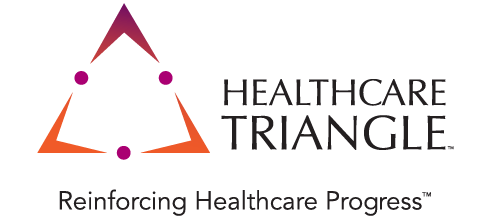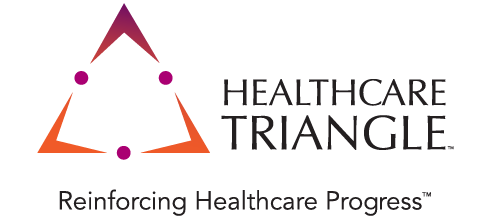Eliminating Barriers to Digital Transformation in Healthcare: Practical Tips
Healthcare Triangle
Aug 11, 2022
According to a recent Healthcare Triangle survey, two out of three healthcare executives strive to digitally transform their healthcare organization primarily to improve the patient experience. Unfortunately, according to the same survey, some two-thirds of respondents who say they have a documented strategy for digital transformation believe they don’t have enough resources to implement it. The biggest obstacles: lack of staff resources (49%) and cost (about 25%).
The survey results raise a question: How can health systems overcome these obstacles to launch a digital strategy that not only strengthens the patient experience, but also boosts revenue and the organization’s competitive positioning?
Here are three practical ways to help energize your organization’s efforts to open the digital front door to a higher level of patient engagement.
Start with your EHR
If you’re not beginning your digital transformation with your healthcare organization’s EHR, you’re effectively setting your organization up for failure. Many EHR systems, however, aren’t fully up to the task. It’s vital to begin your digital transformation initiative by equipping your EHR with customized features to meet the needs of your patient population. Make sure you develop an integrated, user-friendly, and intuitive digital front door that smoothly welcomes patients into their digital healthcare data. Leverage your customer service data to provide appointment scheduling, online bill pay, and other features that consumers want—demand—from the hospitals that they choose for their healthcare needs.
Create a Patient Journey Map
Today’s consumers demand a more active role in their own healthcare. Leveraging a patient journey map can help your organization meet that demand. A journey map is just what it sounds like: a way to track and identify the various touchpoints between patients, providers, and your operations. When you’re devising your organization’s digital strategy, this map can help you determine where digital offerings make the most sense from the system’s standpoint and the patient’s perspective. It helps answer questions like: “What does the journey of a patient in our system look like from their first interaction to their last with respect to their current healthcare needs? Are there opportunities to better engage patients at certain points? If so, where, and how might that help improve outcomes? Where might touchpoints be added?” Effectively implemented, a journey map can help your system improve patient engagement and strengthen their competitiveness in what can arguably be labeled a patient’s market in healthcare.
Ask for Help
Many organizations are finding digital transformation easier said than done. Considering the size and complexity of the endeavor, that’s not surprising. Obtaining outside expertise is a worthwhile investment. Fully customizable solutions are coming online, if you’ll excuse the pun, from vendors like Healthcare Triangle that work alongside your existing EHR to maximize its capabilities and improve the patient/consumer experience from the time they knock on your digital front door to the time they leave. Expert help is also available to provide assistance in devising and executing a comprehensive digital strategy using your existing resources or acquiring new solutions.
It’s Not Just About Zoom
Digital transformation in healthcare is about much more than providing opportunities for do-it-yourself appointment scheduling, instant prescription refills, and video-based appointments. It’s about putting digital tools and touchpoints in your patient’s hands in all the ways that they want, need, and find value to achieve the comprehensive engagement that your organization and its patients desire in today’s healthcare environment. Now let’s get started.


